Drug Trafficking: A problem for Mexico and the United States
Overview
Organised drug trafficking by cartels in Mexico has been present since at least 1980 when the Guadalajara Cartel was formed by Miguel Angel Felix Gallardo. It is through this cartel that a substantial number of trafficking routes into the United States were opened. During the next decade, there were no significant groups challenging the Guadalajara Cartel for control of the drug routes, besides a group run by Juan Garcia Abrego, who controlled the Matamoros-Tamaulipas corridor on the border with Texas, which later became the Gulf Cartel. In 1989, control of the routes that Gallardo had opened up was divided among bosses under the oversight of Gallardo, who was now in prison. Gallardo’s control ceased around 1993, and the creation of new cartels emerged. Violence played a significant role in how these cartels retained control over their territory and drug routes. However, the levels of homicides in Mexico were decreasing up until 2008 when it saw a significant increase, as leaders of these cartels began to be arrested, splintering these cartels into smaller factions. Homicide rates hit a peak in 2014 before coming down once more and hitting a 6 year low in 2014. This low did not last long, and the homicide rate increased again the following year. In 2017, drug-related violence hit record highs, with 29,168 homicides recorded. This number represented a 23% increase from the year before, continuing a rise in crime.
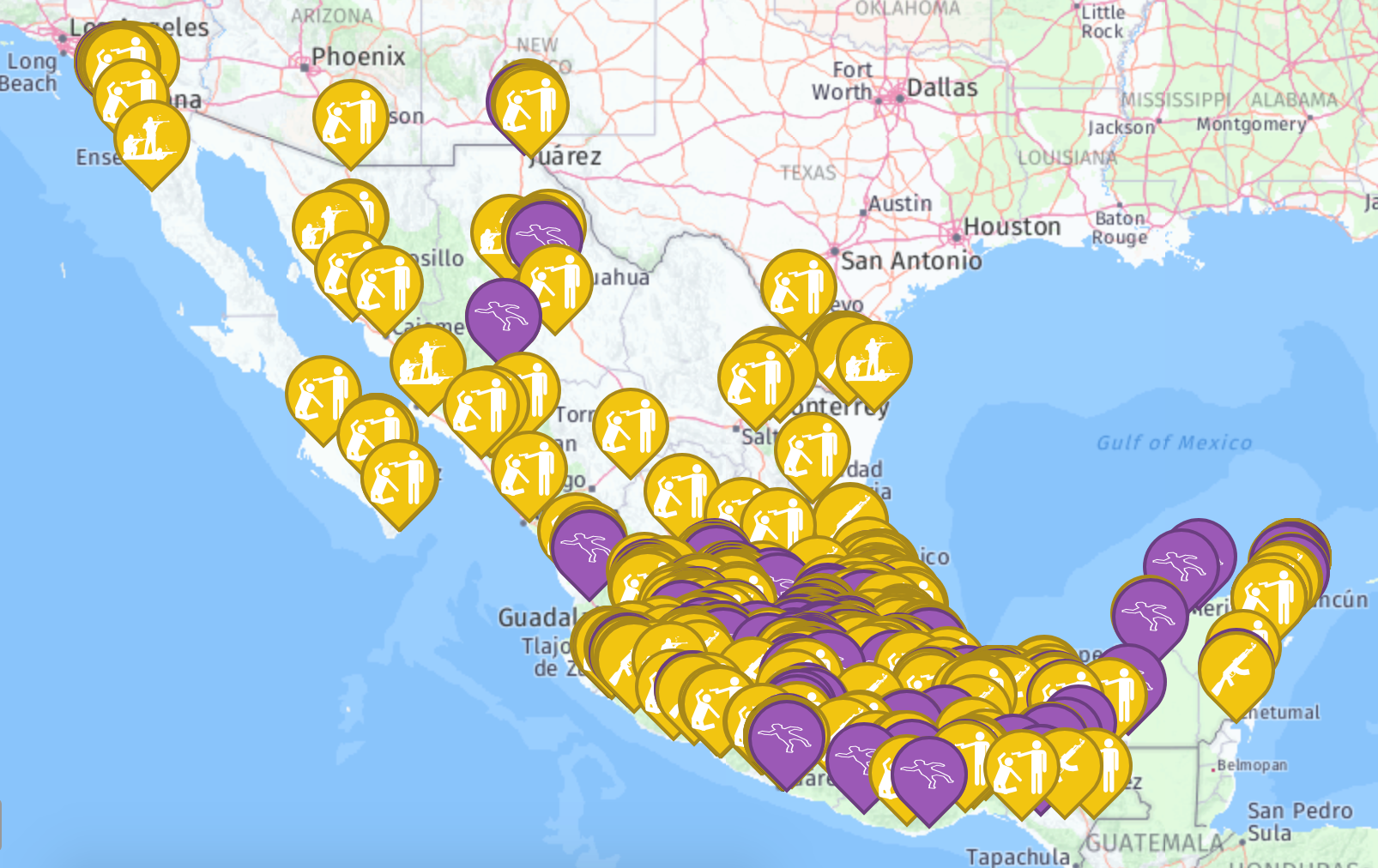
The majority of drugs being trafficked are locally produced such as marijuana, heroin and methamphetamine. Precursor chemicals to produce the methamphetamine are imported from Asia, and often arrive at the ports of Manzanillo in the State of Colima, or the port of Lazaro Cardenas in the State of Michoacán. Cartels also smuggle cocaine, which primarily comes from South America, particularly Colombia, where relations between the Mexican cartels and Colombian cartels were formed in the 1980s and have been maintained ever since. While the local consumer base for drugs has expanded in the past few years, the largest market continues to be the United States. To get the drugs across the border into the United States, underground tunnels, boats, trucks and cars have all been used, as well as individuals with drugs strapped to them or in their personal possession.
Drug routes into the United States have primarily been by land. The southeast border between Mexico and Texas, as well as the border between Mexico and Arizona and between Mexico and California, have been areas of concentration when it comes to drug seizures. Similar routes are used for human trafficking and weapons trafficking, also perpetrated and funded by drug cartels. Aerial and maritime routes have primarily been used to import precursor chemicals from Asia, and cocaine from Colombia into the country, before then going on to move by land into the United States. However, there have been instances where attempts have been made from Mexico to the southeastern United States through the Gulf of Mexico, such as an incident in November 2017 where a semi-submersible vessel with a 3 men crew was intercepted off the coast of Corpus Christi, Texas with 3,800 pounds of cocaine.
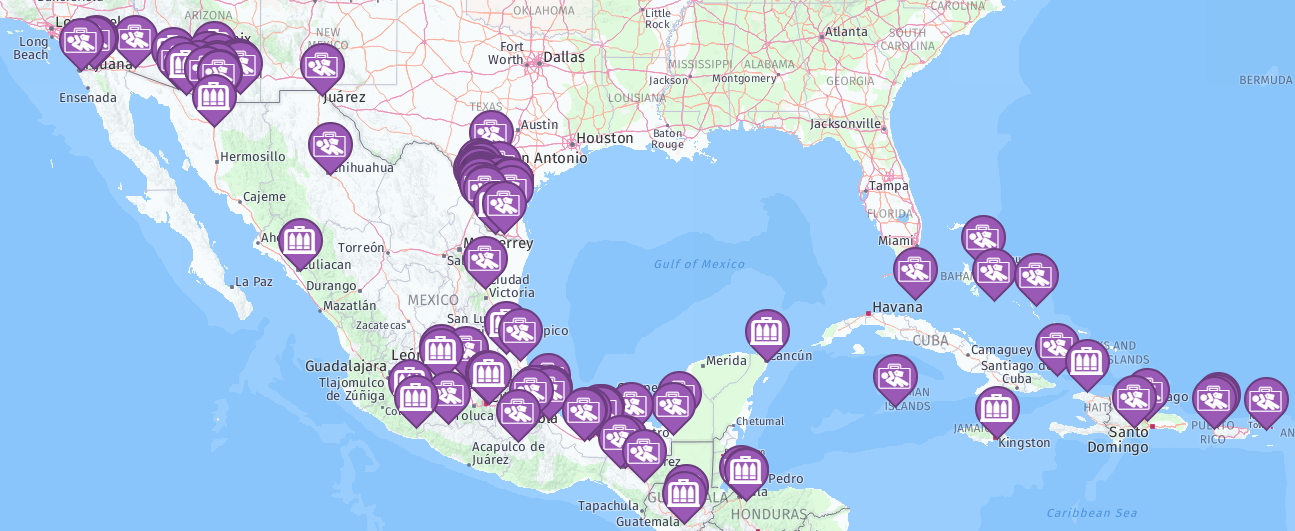
Drug trafficking incidents recorded since the beginning of 2018 by Intelligence Fusion have been located among similar routes. Incidents inside Mexico are primarily related to the production of the drugs and the movement towards the border. Significant incidents in Mexico thus far in the first four months of the year have included the seizure of 49,000 kilograms of precursor chemicals used for the production of methamphetamine at the Port of Manzanillo in February; the destruction of 16 tons of opium poppy and marijuana in fields in the Sierra Madre Occidental area of the state of Chihuahua at the end of March; the seizure of 500kg of cocaine from a boat off the coast of Acapulco in April; the seizure of 290kg of cocaine from a capsized boat off the coast of Cozumel, and the seizure of 400kg of cocaine from a container in the Port of Veracruz in March. Thousands of kilograms worth of marijuana have also been seized in northern Mexico on its way towards the border crossings with the United States. What these incidents confirm are the routes being used to move the product, as well as the areas where the products originate, such as opium in the golden triangle area of the States of Sinaloa, Durango, and Chihuahua.
Incidents recorded by Intelligence Fusion on the border with the United States are related to trafficking attempts by both citizens of Mexico and the United States before making their way to hubs within the United States and onwards towards other cities for sale. Through analyzing the data, we see that drug trafficking attempts from Mexico to the United States are primarily made through Ports of Entry, especially Laredo, Texas and Nogales, Arizona. Significant incidents of drug trafficking at Ports of Entry between Mexico and Texas since the beginning of January 2018 includes the seizure of 47,063 pills of oxycodone at the Lincoln Juarez Bridge in Laredo in January; the seizure of over 5 tons of marijuana from a tractor trailer at the World Trade Bridge in Laredo in January, and 320 pounds of cocaine from a tractor trailer at the World Trade Bridge in Laredo in March.
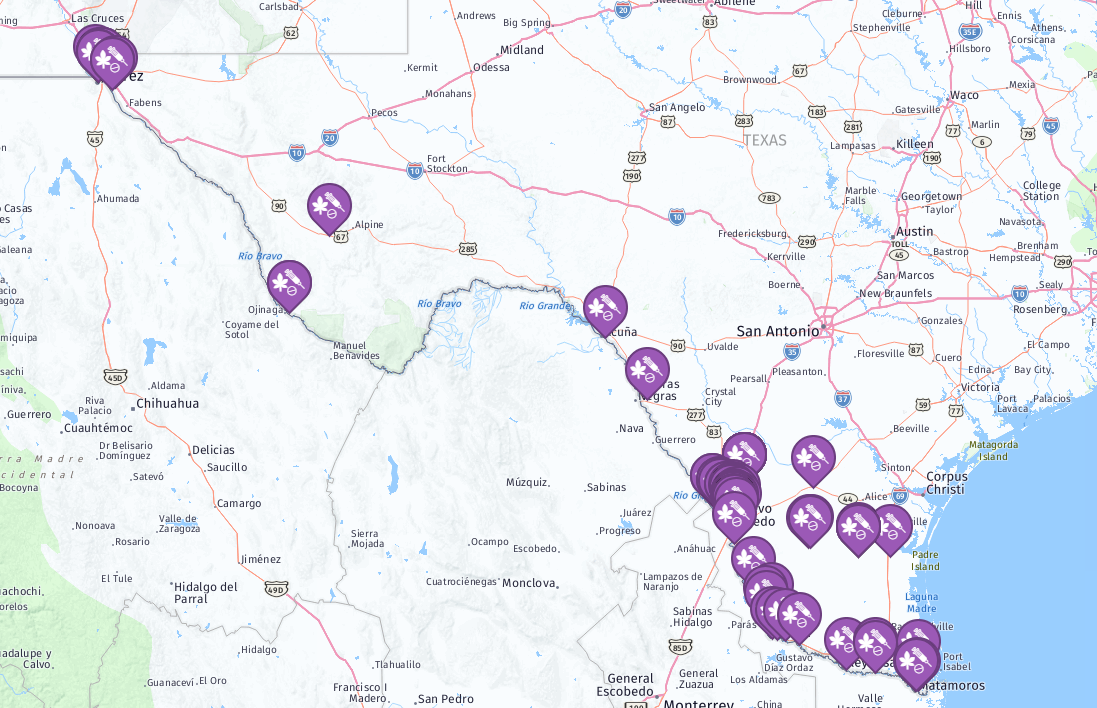
On the border with Arizona, significant incidents have included the seizure of 122 pounds of methamphetamine at the Dennis DeConcini Port of Entry in Nogales; two women arrested for attempting to smuggle 4 pounds of fentanyl and oxycodone at a checkpoint on Interstate 19, north of Nogales; the seizure of 4 tons of marijuana on the Mexican side of the border with Nogales, Arizona; and the seizure of 800kg of cocaine on the Mexican side of the border with the Port of Entry of San Luis in Arizona.
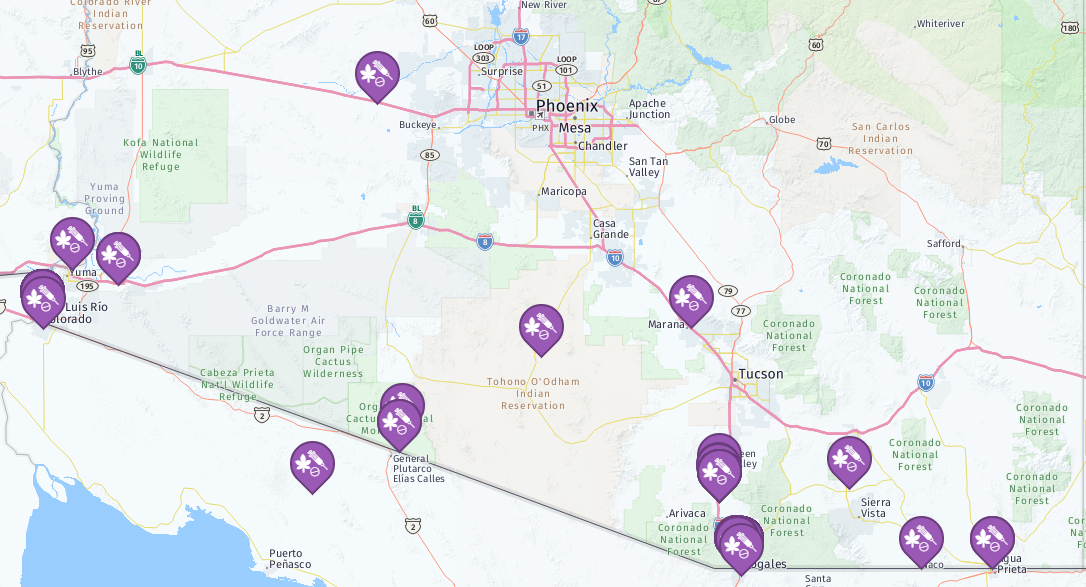
Incidents recorded on the border between the two countries has shown that most shipments of methamphetamine and cocaine have attempted to pass through the Arizona border, while larger quantities of marijuana have gone through southeast Texas. The majority of recorded attempts have been made using vehicles, while other attempts were made on foot at pedestrian crossings at the same Ports of Entry. Some attempts have been made to move the drugs across the Rio Grande River by boat, but most attempts have led to Border Patrol agents receiving information about suspicious activity and responding to the scene only to find the bundles of marijuana abandoned while the traffickers cross back into Mexico. The age and gender of suspects has been mixed, but oftentimes, those who are caught with drugs strapped to their body are female. The ages of those caught smuggling drugs are just as varied, with some instances where adults have used their own children as young as 12 to attempt to smuggle drugs. For authorities to stem the flow of drugs between Mexico and the United States, comprehensive laws need to be made and enforced in both countries tackling issues such as drug use, sentencing of drug traffickers, drug rehabilitation, and drug production among others, in order to change the demand for drugs and ensuring proper security measures are put in place on both sides of the border at Ports of Entry, including proper staffing. CNN reported that on March 17th, Customs and Border Protection had 19,346 agents on duty, thousands short of their 21,370 positions that are congressionally mandated, and approximately 100 less than what Customs and Border Patrol reported in Fiscal Year 2017. Improper levels of staffing allow drug trafficking attempts to fall through the cracks and become successful. On the United States side, a response to the problem has been to deploy the National Guard to help patrol the border.
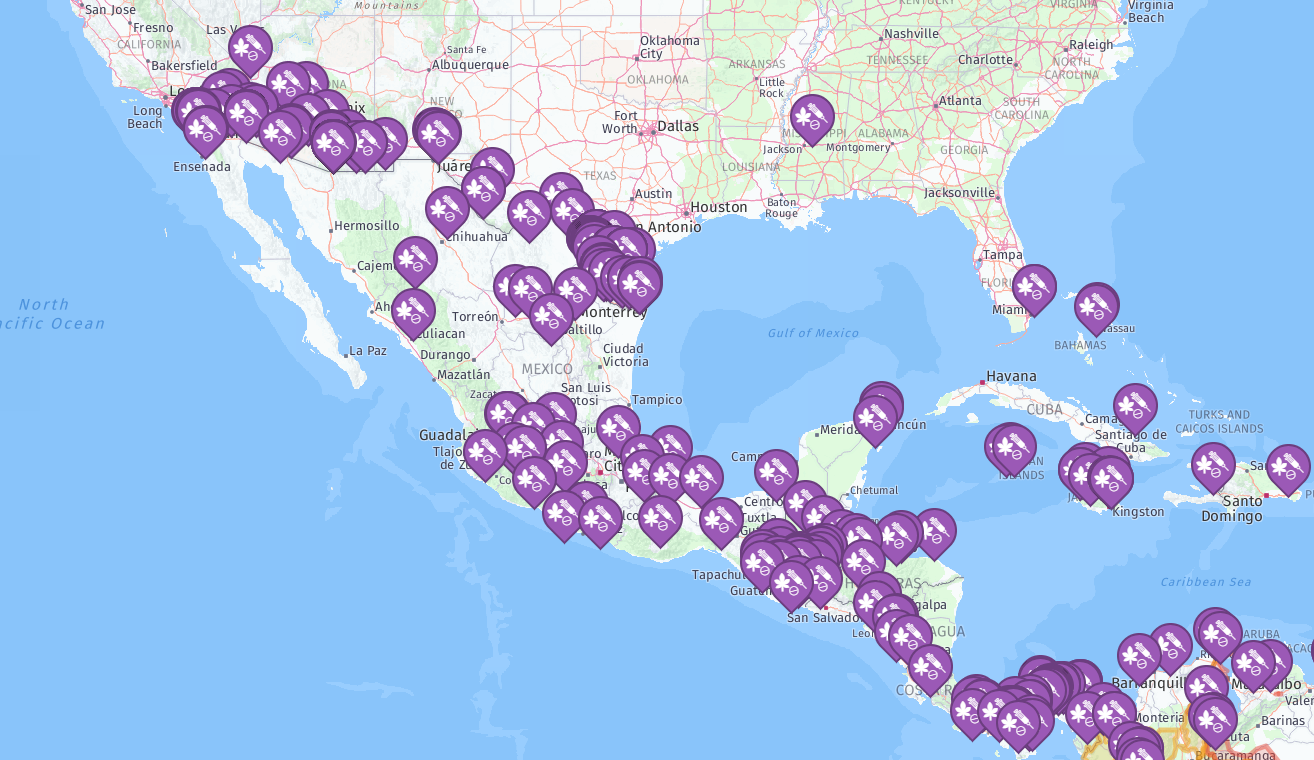
The Government of Mexico’s response to the drug trafficking and the violence has been numerous counter-narcotics campaigns and wars against the cartels, using various levels of security forces. In 2006, Felipe Calderon declared a war on the cartels, deploying tens of thousands of military personnel and arresting dozens of cartel leaders. However, a criticism of this strategy was the splintering of the cartels. Once the leadership of established cartel organisations were removed a power vacuum occurred, leading to an increased number of fragmented groups and an escalation of violence for territory and leadership positions. Calderon’s successor, Pena Nieto, also used the Mexican military and the Federal Police to try and quell the violence against civilians caused by drug cartels, but not concentrating on taking out the heads of the cartels. For a short period, the homicide rate went down, but again escalated in 2016 and has further increased since then. Throughout the government’s war on the cartels and drug trafficking, the United States has provided billions of dollars’ worth of funding, technical assistance, and intelligence. Despite this, corruption within the government and security forces has allowed cartels to survive and thrive in Mexico, even employing former security forces members in their ranks.
On July 1st, 2018, Mexico will hold general elections where a new president, 128 members of the Senate, and 500 members of the Chamber of Deputies will be elected. As of April 2018, Andres Manuel Lopez Obrador, the candidate for the National Regeneration Movement Party (MORENA), leads the candidates of the right-left coalition and the PAN party by more than 20 percentage points. Internationally and domestically, the rise of Lopez Obrador has been a surprise, but has shown that similarly to recent elections in other countries, voters may be ready for a change from the policies of previous parties. Corruption, crime and weak economic growth has played a factor in the movement away from traditional politicians and parties. In regard to drug trafficking and cartel violence, comments made by Obrador Lopez has suggested that he has not ruled out granting amnesty to cartel leaders as a way to quell the violence in the country. If Obrador Lopez is elected, only time will tell whether his policies make an impact in altering drug trafficking trends and violence in Mexico, but the sheer scale of financial reward cartels are able to earn in this illicit occupation and others makes it unlikely that any significant changes are seen in the short to medium term.
AREAS OF FURTHER RESEARCH AND REPORTING:
– Connections between Mexican cartels and United States’ gangs.
– An overview of human trafficking in Mexico.
– The source locations of Mexico’s precursor drug producing chemicals.
– The United States’ undermanned border with Mexico.
– Corruption with Mexican government and security forces.
– The use of former security forces in the ranks of drug cartels.
– Mexico’s changing political landscape.
– Short to medium term assessment of Mexico’s drug cartel problem.
– Other criminal enterprises undertaken by the cartels.
